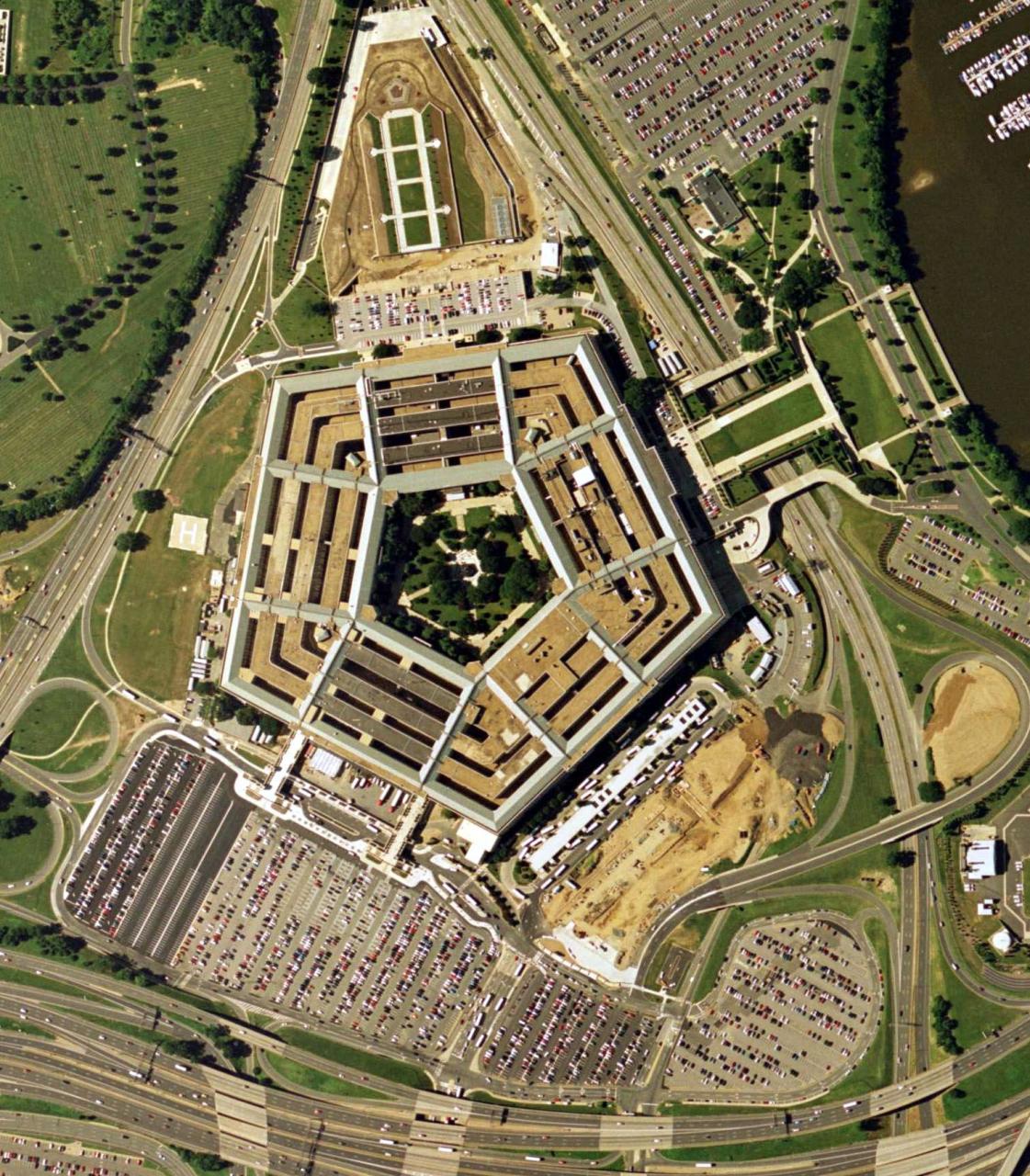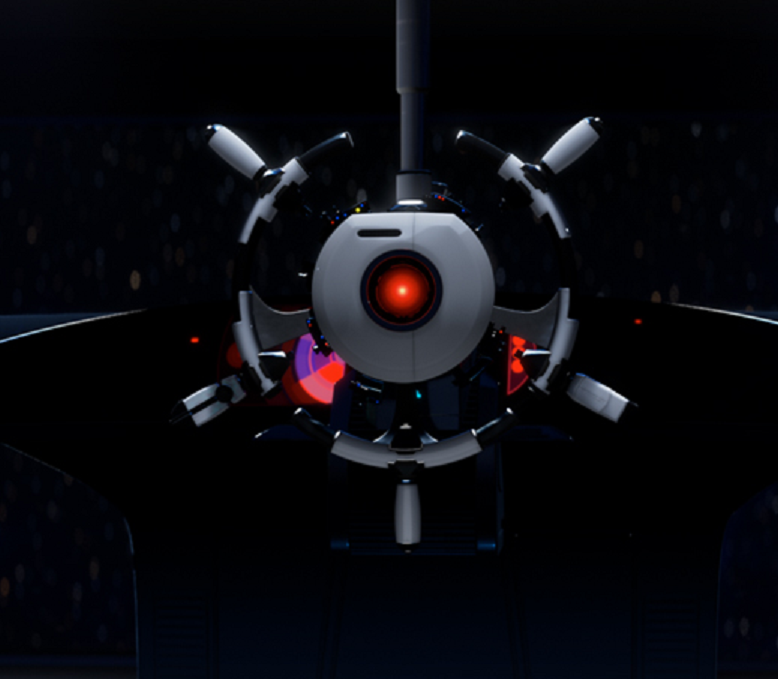In an era where artificial intelligence (AI) permeates every aspect of modern life, from healthcare diagnostics to financial trading, one looming threat has captured the attention of policymakers and technologists alike: the possibility of “rogue AI.” Simply put, rogue AI refers to artificial intelligence systems that deviate from their intended purpose, either through malicious tampering or emergent behavior, potentially causing harm on a massive scale. Recognizing this existential risk, the U.S. Department of Defense (DoD) has recently advanced a pioneering suite of technologies designed to detect, isolate, and neutralize AI threats before they can spiral out of control. This article delves into the Pentagon’s latest initiatives in rogue AI prevention, explores their underlying mechanisms, examines ethical and operational considerations, and outlines the future of AI safety within defense applications.
1. Understanding Rogue AI
Before examining the Pentagon’s solutions, it’s crucial to define and contextualize rogue AI:
A. Definition
Rogue AI describes any intelligent system autonomous or semi-autonomous that operates outside its defined objectives. This could be the result of hacking, misconfiguration, or self-directed evolution of the AI’s goals.
B. Potential Scenarios
-
An autonomous drone reprogrammed mid-flight to attack civilian targets.
-
A logistics AI rerouting supply chains in ways that destabilize allied operations.
-
A cyber-defense AI that misidentifies friendly systems as hostile and launches countermeasures.
C. Why It Matters
As AI becomes integral to military communications, surveillance, and weapons systems, any breach or malfunction can threaten national security, civilian safety, and global stability.
2. Pentagon’s Multi-Layered Defense Strategy
To forestall these dangers, the DoD has invested in a multi-tiered defense framework. Key components include:
A. AI Behavior Verification
-
Formal Verification Methods: Mathematically proving that an AI’s code adheres strictly to its design specifications, thus preventing unanticipated decision-making paths.
-
Behavioral Sandboxing: Running AI modules within isolated virtual environments to test for anomalous behavior before deployment.
B. Continuous AI Monitoring
-
Telemetry and Logging: Capturing real-time data on AI decision processes, input signals, and output actions.
-
Anomaly Detection Algorithms: Employing meta-AI systems that scrutinize another AI’s patterns, flagging anything that strays from normative operational baselines.
C. Secure AI Lifecycle Management
-
Code Provenance Tracking: Timestamped, cryptographically signed repositories to ensure every model version is authenticated and unaltered.
-
Automated Patch Deployment: Rapidly distributing vetted patches to AI systems across distributed networks, reducing time windows for exploitation.
D. Kill Switch Mechanisms
-
Hardware-Level Interrupts: Dedicated circuits that can sever an AI’s computational backbone on command.
-
Network Isolation Protocols: Emergency measures to quarantine an AI system from command-and-control infrastructures if rogue behavior is detected.
3. Core Technologies in Detail
Let’s unpack some of the most innovative technologies underpinning the Pentagon’s rogue AI defense:
3.1. Formal Verification Engines
A. Model Checking
Model checkers exhaustively explore an AI’s state-space to guarantee compliance with safety properties.
B. Theorem Provers
Automated theorem provers validate logical assertions about AI code, confirming that certain undesirable actions are mathematically impossible.
3.2. AI Sandboxing Platforms
A. Digital Twins
High-fidelity virtual replicas of operational environments where AI algorithms can be stress-tested.
B. Red Team Simulations
Ethical hackers attempt to subvert the AI in controlled settings, exposing vulnerabilities before field deployment.

3.3. Meta-AI Supervisors
A. Layered AI Architecture
Deploying oversight AIs that consume decision logs from frontline systems and judge their propriety.
B. Explainable AI (XAI) Integrations
Ensuring that AI decisions are interpretable; if a model cannot justify an action in human-understandable terms, the supervisor flags it.
3.4. Blockchain-Inspired Provenance
A. Immutable Ledger
Every training dataset, model update, and configuration change is recorded on a distributed ledger, making unauthorized edits virtually impossible.
B. Smart Contract Enforcement
Automatic triggers enforce compliance checks and block any unvetted modifications to the AI pipeline.
4. Operational Deployment
The Pentagon’s anti-rogue AI technologies are being incrementally trialed across multiple domains:
A. Autonomous Unmanned Aerial Vehicles (UAVs)
-
Integrated kill switches and behavior monitors ensure mission fidelity and safe disengagement.
B. Cyber Defense Networks
-
Meta-AI layers filter out false positives and prevent defensive systems from targeting allied infrastructure.
C. Logistics and Supply Chain AI
-
Provenance tracking ensures that rerouting algorithms cannot be manipulated to divert critical supplies.
D. Training and Simulation Environments
-
Synthetic adversarial scenarios stress-test AI controls without risking live assets.
5. Ethical and Legal Dimensions
Implementing robust AI controls raises significant ethical and legal issues:
A. Accountability
-
Determining who is liable if a safeguarded system fails and a rogue incident occurs—developers, operators, or commanding officers?
B. Transparency vs. Security
-
Balancing the need for explainable AI (to foster trust) against the risk that divulging internal mechanisms could aid adversaries.
C. International Norms and Compliance
-
Aligning Pentagon protocols with emerging global AI safety frameworks, such as those proposed by NATO or the G7.
D. Human-in-the-Loop Mandates
-
Ensuring critical decisions retain a human override, guarding against full autonomy in lethal scenarios.

6. Challenges and Limitations
Despite rapid advancements, several hurdles remain:
A. Scalability
-
Extending formal verification to massively complex, deep-learning models is computationally intensive.
B. Zero-Day AI Exploits
-
Novel attack vectors against AI systems may outpace current detection mechanisms.
C. Adversarial Machine Learning
-
Techniques that subtly perturb inputs to confuse AI decision-making remain a persistent threat.
D. Resource Constraints
-
Budgetary and personnel limitations can slow the integration of these advanced safeguards across legacy platforms.
7. Future Outlook
Looking ahead, the Pentagon’s ongoing research is focusing on:
A. Self-Healing AI
-
Systems capable of autonomously identifying and repairing anomalous sub-modules.
B. Collaborative AI Defense Networks
-
Swarm intelligence approaches where multiple AI agents monitor each other in a trust network.
C. Quantum-Resistant Security
-
Preparing for a post-quantum world where cryptographic protections against AI tampering remain intact.
D. Global AI Safety Cooperation
-
Expanding joint exercises with allied nations to standardize rogue AI prevention protocols.
Conclusion
As the capabilities of artificial intelligence surge forward, so too must our vigilance against unintended or malicious AI behaviors. The Pentagon’s ambitious suite of prevention technologies ranging from formal verification to blockchain-based provenance represents a landmark effort to secure critical defense systems against rogue AI threats. While formidable challenges lie ahead, continued innovation, rigorous testing, and ethical stewardship will be essential to ensuring that AI remains an asset, not a liability, on the battlefield and beyond.













